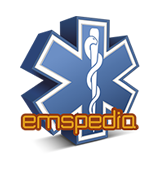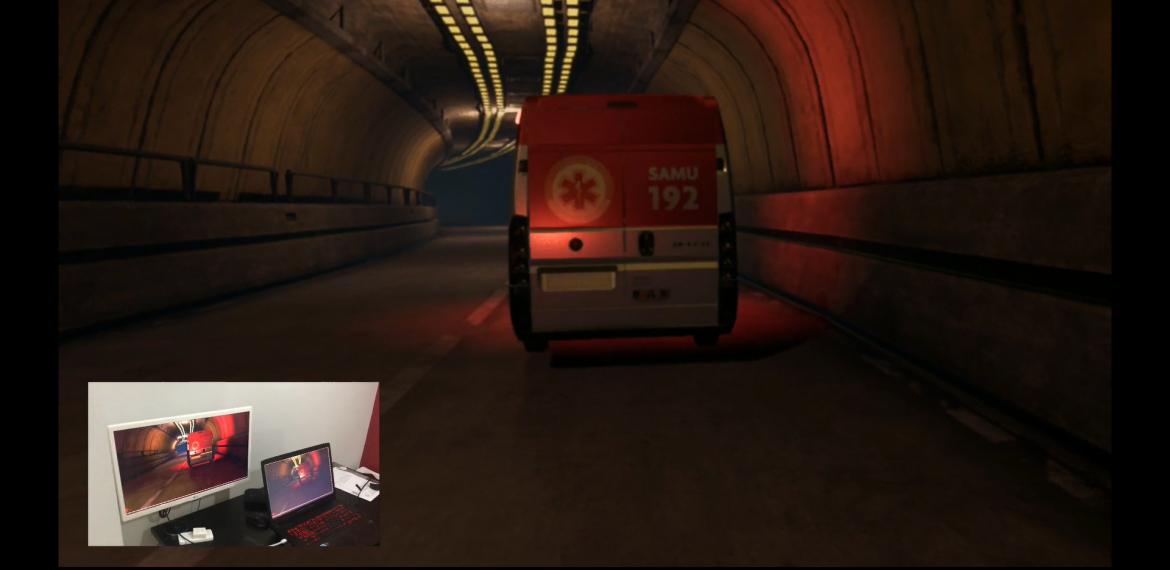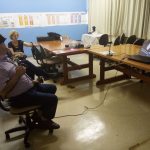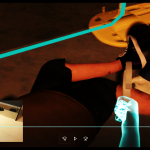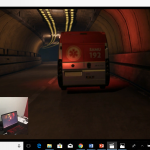Currently, the gamification phenomenon can become a great ally in teaching with virtual reality for prehospital care teams.
Teaching with a virtual environment with immersion is the fruit of the presentation of Ivan Sutherland since 1968, when he began demonstrating a head mounted display.
In Brazil, there are universities of nursing and medicine that already apply this technology for the teaching of Anatomy and Physiology, as well as the simulation of clinical cases. The results have been encouraging. We started a teaching project for the emergency teams that work on highways and we believe that this type of education does not replace all the training that the teams need, but represent a great opportunity to consolidate the knowledge applied to the emergency scenario.
There are advantages that VR learning can provide: low implementation and maintenance costs, possibility of customizing scenarios, inclusion of more than one participant, possibility of repetition of scenarios and indication of results according to student performance.
Through VR, teams will be able to interact with each other, often distant, and can achieve a similar level of knowledge through continuous training without moving from workplaces to a single training center.
The gamification phenomenon should find more space in health education, especially because the millennials and new generations tend to be better adapted to communication technologies. Through innovative models that will transform global health, education must also be transformed into a new environment and new generations of health professionals.
